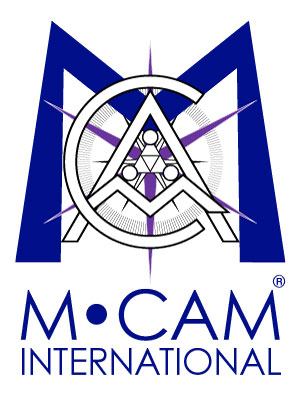Global Innovation Commons Releases The Nuclear Reactor Cooling Commons
Date: Wed, 2011-03-16
The Global Innovation Commons released a compilation of open source innovations in response to the nuclear crisis currently occurring in Japan.
From The Global Innovation Commons: On March 11 2011, a magnitude 9 earthquake occurred near the east coast of Honshu, Japan. Not only did the earthquake produce a tsunami which struck the port city, but it has also caused a nuclear crisis for the country.
By March 13, cooling of the nuclear reactors at Fukushima Daiichi Nuclear Power station had begun to fail. When the initial earthquake hit, there was an immediate power outage causing the cooling systems to fail. The emergency diesel power generation system then began spraying the reactors with coolant, however, the emergency generator stopped when the tsunami hit the plant. A third and final safety system, converting steam traveling through pipes into water, turned on but the rods failed to cool down. As the reactors heated up they created steam and pressure which caused cracks in the reactors’ suppression chambers which contain radioactive water.
The combination of the radioactive water and hydrogen caused the explosions at the plant. Officials were forced to flood the No. 1 reactor at the plant with seawater after an explosion caused by hydrogen tore the outer wall and roof off the building housing the reactor. Shortly after, the No. 3 reactor began facing the same problems which forced the authorities to release vapor from the building in an attempt to lower pressure inside the reactor. However, the attempt was unsuccessful and eventually the reactor also exploded. The following day showed few signs of improvement with engineers struggling to cool the No. 2 reactor as well as fight fires at the No. 4 reactor.
All of the events caused radiation levels at the Fukshima Prefecture to reach dangerous and illegal levels. While radiation levels fluctuated back down below dangerous, there was a mandatory evacuation and radiation check of all people within 20 kilometers the plant.
We at The Global Innovation Commons honor those in Japan. We believe that open source solutions could provide assistance to the nuclear plants which have been affected by this disaster. We have compiled a list of all patent disclosures and open source technology which could best aid emergency crews in cooling down the nuclear power plants. The sets include cooling systems utilizing water, gas, liquid metals or molten salt as well as safety systems including reactor protection systems, emergency core cooling systems, and containment systems.
Learn More: http://www.globalinnovationcommons.org/discover/special-report/nuclear-reactor-cooling-commons


Sorry, the comment form is closed at this time.